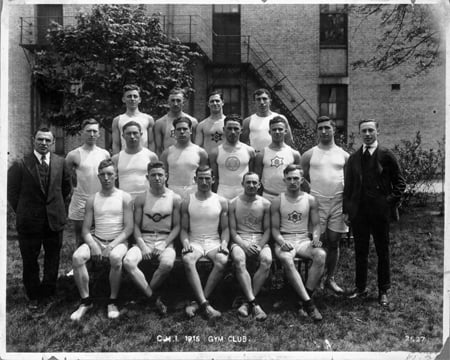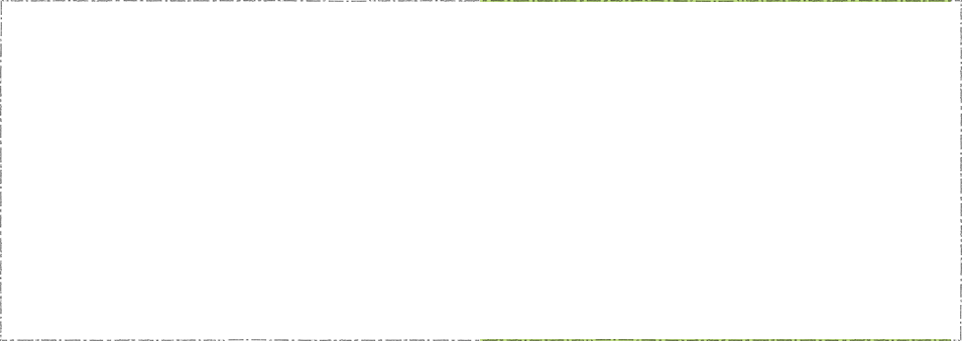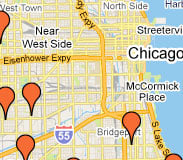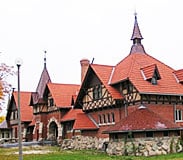Just west of Lake Michigan and five miles south of Chicagos Loop is the historic neighborhood of Kenwood. Originally a mixture of marsh and shrubs, this community became one of the most desirable neighborhoods in Chicago during the late 19th century. A variety of transportation options, including the Illinois Central Railroad, horse railway lines, and in 1907, the L, attracted politicians, business executives, and office workers to Kenwood. Large single-family homes were commissioned by historic figures such as the first millionaire lumber baron, Martin Ryerson; meatpacking giant Gustavus Swift; and Julius Rosenwald, the chief executive of Sears Roebuck and Company. Louis Farrakhan, the Minister of the Nation of Islam and boxer Muhammad Ali were both residents. University of Chicago presidents, officials, and faculty have been prominent community members. Most recently, the home of President Barack Obama has brought attention to the South Side community.
During the early 20th century, Kenwood became the hub of Chicagos German-Jewish community. Jewish residents later migrated to other neighborhoods, but architectural remnants of their religion and culture remain throughout the community. For example, one former synagogue, located at 930 East 50th Street, became one of Kenwoods most recognizable landmarks, the headquarters of Jesse Jacksons Rainbow/PUSH Coalition. Founded in 1996, RPC is described as a multi-racial, multi-issue, progressive, international membership organization fighting for social change. The organization works on many issues, including poverty and hunger, peace and justice, gun violence, home foreclosure, corporate inclusion, and voter registration.
Between the 1930s and the 1960s the community began to deteriorate. Older homes were converted into rooming houses or subdivided into apartments. Although the population of the community increased, new construction halted. In addition to the physical deterioration of property, crime rose and residents became concerned about neighborhood safety. In 1949, the Hyde Park-Kenwood Community Conference formed to help residents analyze community problems and work towards solutions. Over the years, the organization has worked diligently not only to upgrade property values but on issues including school improvement, tenant/landlord relationships, womens rights, medical care, and environmental issues.
Conscientious community organizing resulted in a rebirth of Kenwood. In 1979, the National Register of Historic Places and the City of Chicago designated the Hyde Park-Kenwood neighborhood as a historic district. Throughout the 1980s and 1990s, new construction began to replace vacant lots and the neighborhood once again became a desirable residential community.

Kenwood Neighborhood







